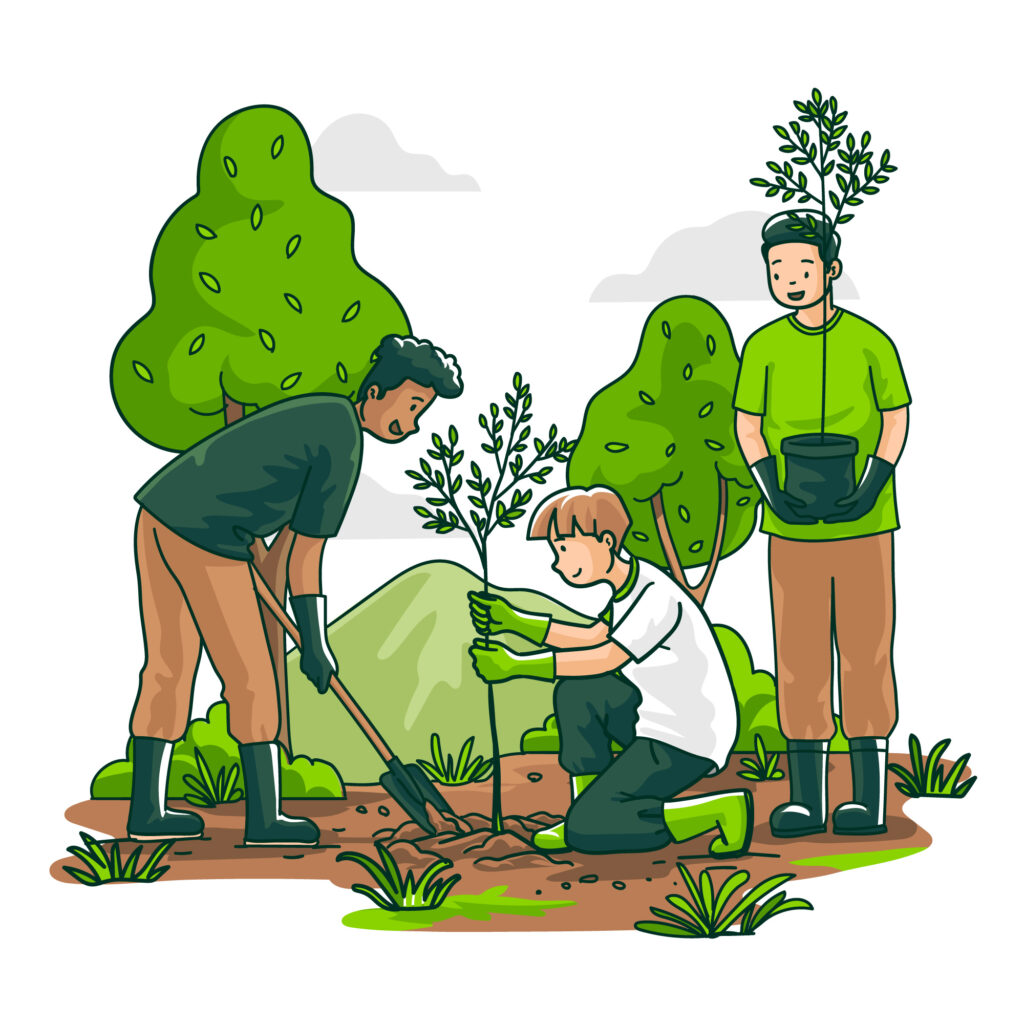Save the Environment Ethiopia (SEE) is a local NGO founded by a group of Ethiopian professionals; it is a non-profit making, non-religious and non-political organization operating in the Somali Regional State of Ethiopia in the field of environmental protection and rehabilitation with view to combat desertification by conserving and managing degraded natural resources. Save the Environment Ethiopia-SEE was established and registered 21/08/2007 under certificate of registration No. 246/2007 by the Somali national regional State Justice Bureau in accordance with the association registration regulation (legal notice No. 321 07 1966) at the same time it has been registered and have work agreement with SRS DPPB. It is also registered at Federal Charities and Societies Agency as an Ethiopian Residents Charity in accordance with the charities and societies proclamation No .621/2009, bearing in number 3031 has been issued on May6, 2016.
SEE is at the forefront of environmental protection, education, rehabilitation, livelihood, and alternative energy initiatives. Currently, SEE has its Liaison Office in Addis Ababa, headquarter office in Jigjiga, nine sub-offices and over 200 staff. We are actively engaged in projects across nine refugee settlement areas – Kebribeyah, Awbere Shedder, Melkadida, Buramino, Helewoyin, Kobe, Bokolomayo and Mirkan, working in collaboration with UNHCR/RRS.
Our projects extend to Integrated Environmental Rehabilitation and Livelihood Enhancement, generously funded by WFP, and a Promotion of Alternative Energy project supported by the British Council. Additionally, SEE is dedicated to Community-Based Environmental Management, Livelihood Improvement, and Solar Electrification of Deneba Kebele, made possible through the small grant program of UNDP/GEF.
As of 2023, SEE has been providing crucial emergency responses to refugees entering Ethiopia amidst the recent conflict in Las’anod, Somalia. Our diverse emergency projects include Land development, CRI distribution, emergency shelter construction, water trucking facilities, emergency latrine construction, solar street light installation, and relocation exercises. This comprehensive approach underscores SEE’s commitment to addressing urgent environmental and humanitarian needs with strategic and impactful solutions.
Background(Save The Environment Ethiopia)
Land degradation poses a pervasive environmental challenge in Ethiopia, significantly contributing to diminished agricultural productivity and heightened food insecurity. The root causes, stemming from both natural and human-induced factors, include water erosion, deforestation, soil compaction, desertification, salinization, and water logging. Traditional conservation structures, primarily physical in nature, have proven insufficient in nutrient replenishment and erosion control compared to vegetation or biological measures.
Save the Environment Ethiopia recognizes this critical issue and intervenes by addressing land degradation in refugee and impacted areas of Ethiopia. Our interventions focus on emergency recovery measures, anti-deforestation campaigns, greening initiatives, and the promotion of eco-friendly land utilization methods. Operating primarily in refugee settlement areas, SEE targets key causes of environmental degradation, such as deforestation for household energy, shelter construction, wash activities, CRI distribution, fencing, overgrazing, and plastic pollution.
In these areas, natural vegetation serves as a crucial source of household energy and construction material for both refugees and local communities. Aggravating factors, including high population pressure, unregulated access to natural resources, insufficient self-sufficiency, limited supplies and resources, inadequate skills, and poor environmental resilience, contribute to the environmental challenges.
SEE recognizes that meaningful environmental rehabilitation and protection hinge on addressing the root causes of degradation. Consequently, SEE implements projects that promote alternative household energy, eco-friendly shelter construction, and emergency responses (CRI distribution, emergency shelter construction, water trucking facilities, emergency latrine construction). Furthermore, SEE integrates environmental considerations with income generation projects, fostering a holistic approach to sustainable land management and food security.
General Objectives:
SEE is dedicated to enhancing the capacity of local communities in managing environmental protection, education, and rehabilitation issues. We employ practical and community mobilization approaches, fostering a comprehensive understanding of the root causes and consequences of environmental degradation.
Specific Objectives:
Specific Objectives:
- Rehabilitation of Environment:
- Conduct reforestation and soil conservation initiatives in devastated and impacted areas.
- Promotion of Sustainable Resource Utilization:
- Advocate for environmentally friendly techniques in the utilization of natural resources.
- Access to Basic Social Services:
- Empower disadvantaged and marginalized community members with access to essential social services, including water, health, and education.
- Community Awareness Improvement:
- Enhance community awareness on:
- Natural resource management and conservation.
- The right to create assets.
- Municipal waste management systems.
- Income-generating schemes.
- Workload Reduction for Women and Children:
- Create opportunities to reduce the workload on women and children.
- Disaster Management System Establishment:
- Enable the community to establish an effective and efficient disaster management system, minimizing or preventing displacement.
These specific objectives reflect SEE’s strategic focus on tangible actions to address environmental challenges, promote community well-being, and build resilience against potential disaster.

